Same Day Delivery - USA Wide!
5 Practically Immortal Succulents for Serial Plant Killers
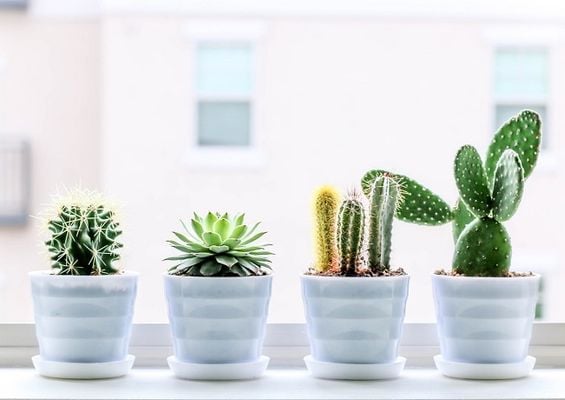
Do you consider yourself someone with a black thumb? Just can’t keep a plant alive? Don’t worry, there’s a way to redeem yourself. Become a reformed plant killer by taking care of one of these hard-to-kill succulents.
| Plant Name | Light Requirement | Soil Type | Watering Frequency | Special Tip |
|---|---|---|---|---|
| Agave | Full sun | Well-draining | Once a week initially, reducing over time | Choose hardier varieties with bluish-green leaves |
| Aloe Vera | Abundant (not direct) | Well-draining | When soil is almost completely dry | Utilize its antibacterial properties for skin care |
| Jade Plant | Bright, indirect light | Well-draining | When soil feels dry to touch | Easy to propagate; great for beginners |
| Snake Plant | Indirect but steady light | Loose, well-drained | When soil dries completely | Purifies air from toxins like benzene |
| Zebra Plant | Bright (not direct sun) | Quick-draining potting mix | At the base, when soil is thoroughly dry | Slow grower but easy to care for; great for beginners |
Succulents are generally easy-going greens. These low-maintenance plants thrive from neglect because of their leaves, stems, or roots that store water. This means they’ll survive even if you forget to water them. Most succulents are also forgiving of overwatering and, well, mishandling.
But to increase your chances of growing a live plant, we’ve identified the best of the best – the top five succulents that won’t die on you. You can consider these beauties practically immortal. Give these plants a try and you might just be able to finally enjoy the cleaner air and the sense of relaxation live plants bring.
1. AGAVE
This succulent has large leaves with spiny tips. The agave genus covers a variety of large and stiff succulents as well as small dish-sized ones, and soft, spineless species. Agave foliage are typically bluish green for hardier varieties and grayish green for warm-climate varieties. Don’t be surprised if you’ll find agave varieties with white or gold markings.
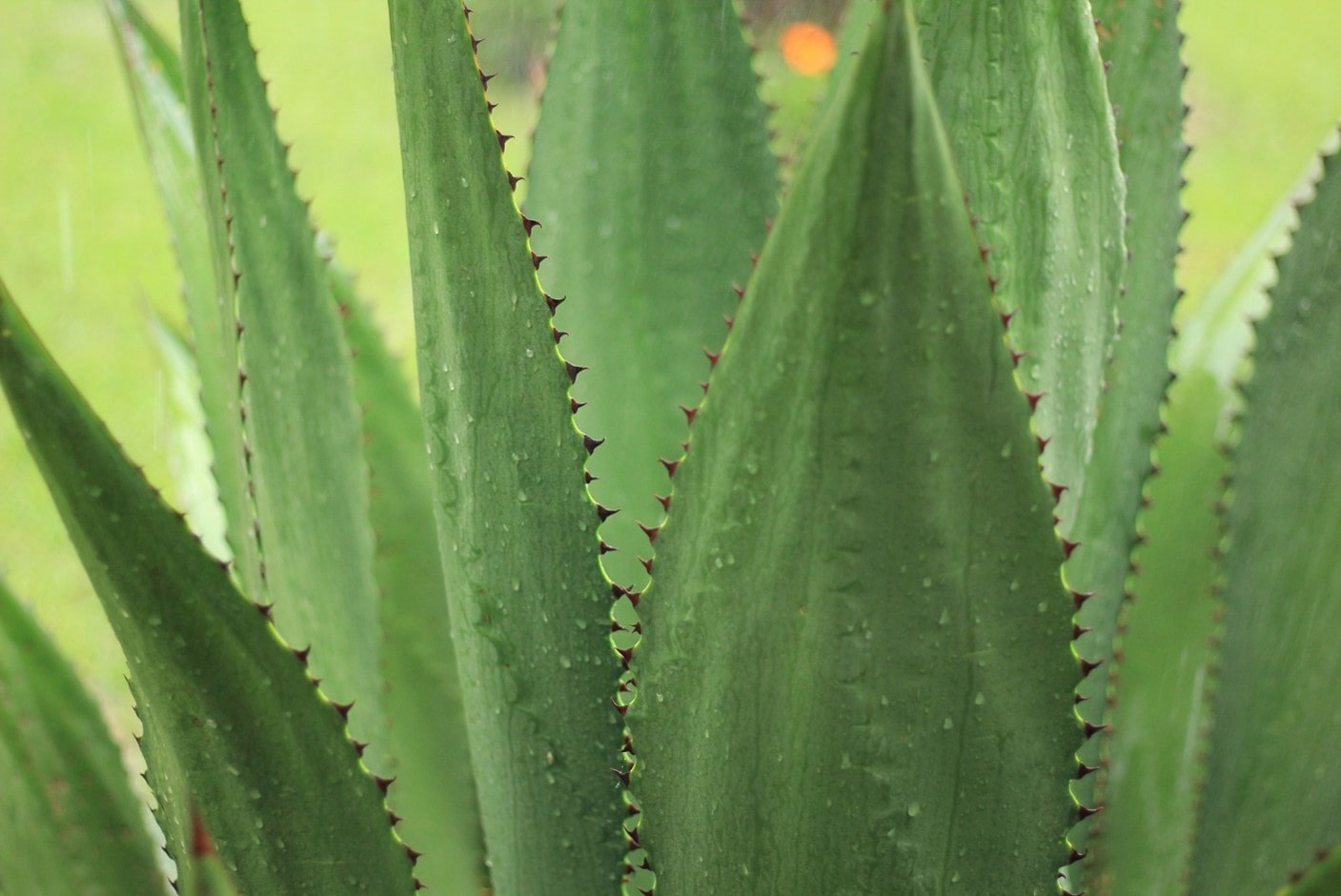
This hard-to-kill plant regarded for their dramatic foliage is slow-growing. It thrives under full sun and on well-draining soil. Water once a week for the first month until it is established; then, gradually space watering to every other week. Afterward, you’ll only need to water mature agave plants once the soil is completely dry.
2. ALOE VERA
The most popular and widely sold succulent in the world. A medicinal plant, the Aloe vera has a gel-like substance on each of its plump leaves. This substance has antibacterial and antiseptic properties. The aloe vera plant has rosettes of spiky and fleshy leaves.
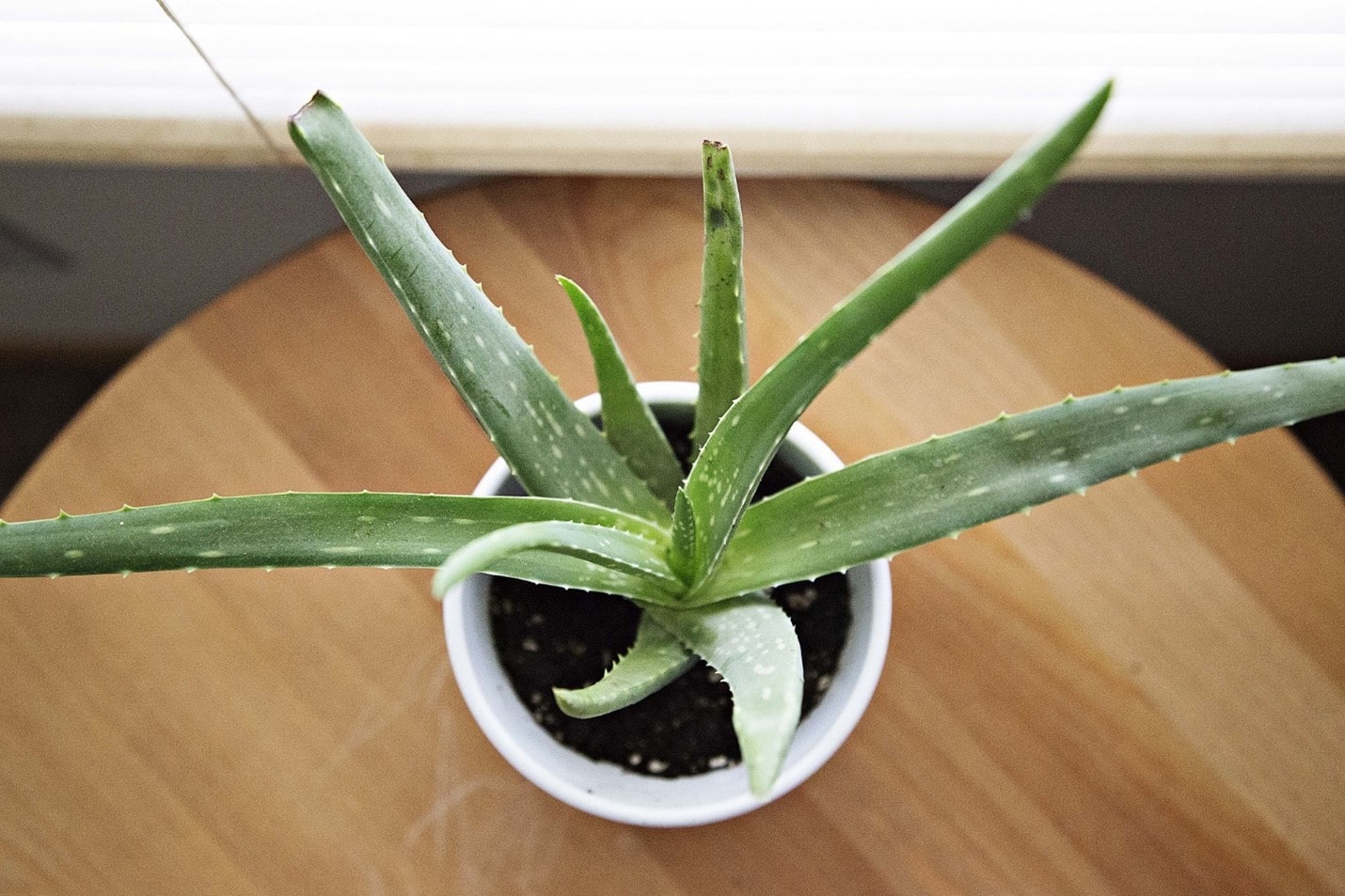
This plant needs a lot of light, preferably full sun or direct sunlight. Given that, expect that they’d mush out when the soil mix stays too wet for too long. This plant is prone to root rot so make sure you water them when the soil is almost completely dried out. Water thoroughly and make sure all the water drains out.
3. JADE PLANT
Scientifically known as Crassula ovata, this plant from South Africa is very easy to grow. The dense leaves stemming from thick stems are tinged with a red hue.
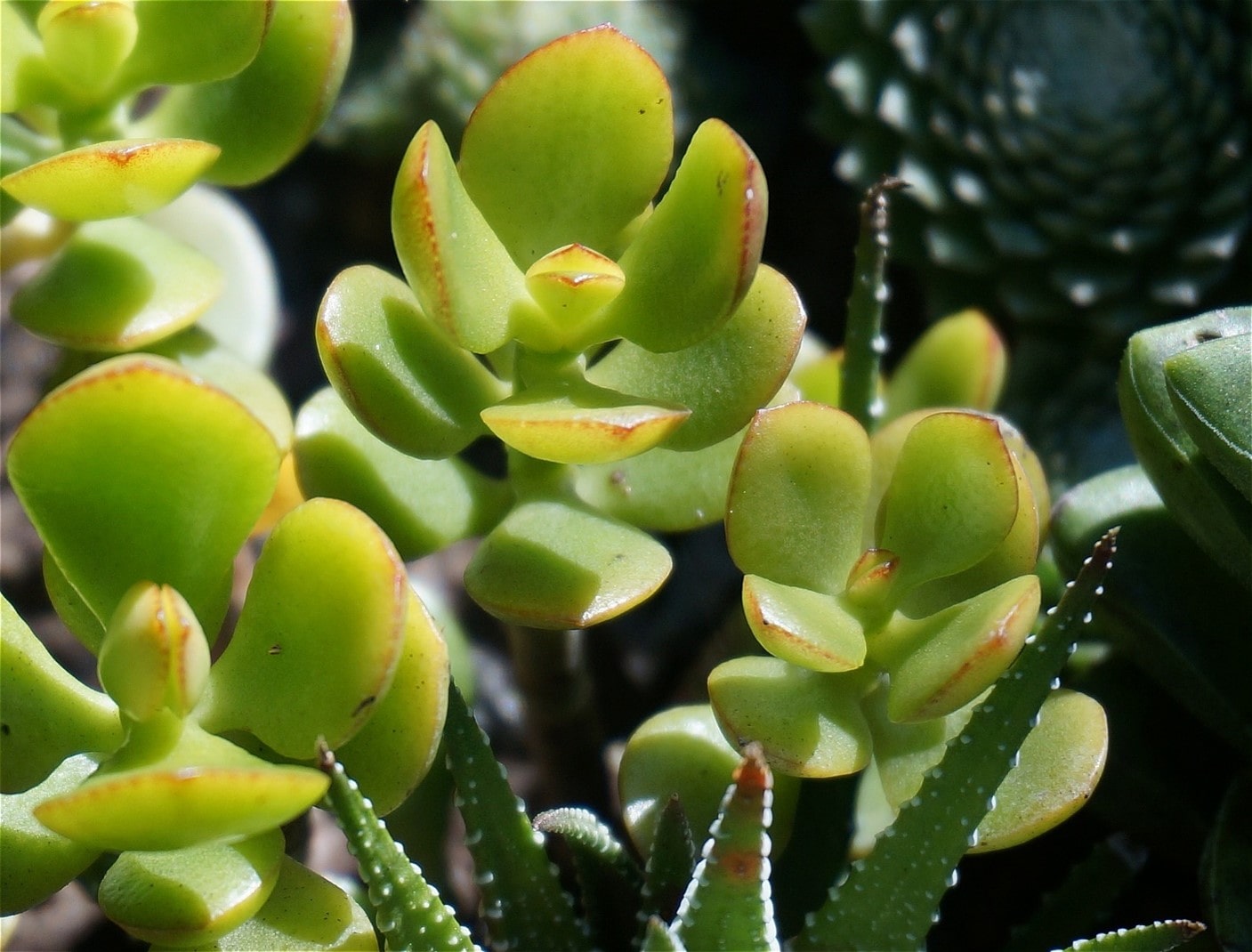
This undemanding plant needs bright, indirect light. Pot it in a succulent mix and never let it sit in water. Water it when the soil feels dry to the touch. Jade plants have tiny root systems which means you need not move them often to larger pots. Seeding new jade plants is easy, just cut leaves or branches and seed them in soil.
4. SNAKE PLANT
Once considered a treasured houseplant in China, the snake plant or Sansevieria trifasciata actually has many appealing properties. Don’t be fooled by its so-called Mother-in-Law’s Tongue nickname. This plant is very easy to handle. Give them indirect but steady light, plant them on loose, well-drained potting mix, and allow the soil to really dry between waterings. To propagate, divide the plant during repotting. New shoots can be taken and potted individually, too.
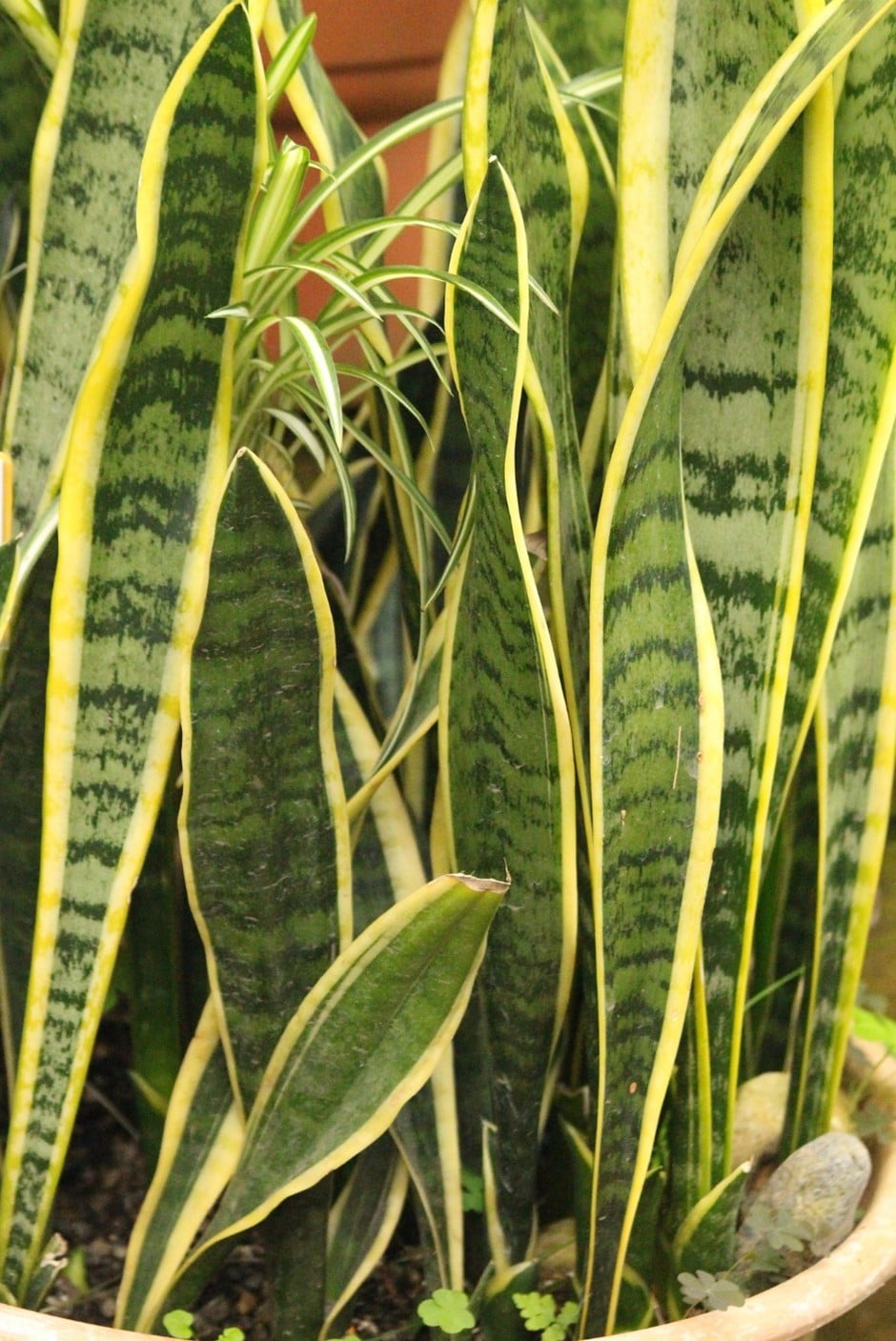
There are so many varieties of snake plants and most are nearly indestructible. This drought-resistant container plant also has a demonstrated ability to clean and purify air from toxins such as benzene and formaldehyde.
5. ZEBRA PLANT
This succulent houseplant has spiky striped leaves. It grows slowly but it is very easy to please. Although it can take neglect and abuse, it’s best if you will try your best to expose it to bright light (not direct sun or it will burn the foliage), pot it in a quick-draining potting mix, and water it thoroughly when the soil is thoroughly dry. The leaves will rot if water gathers between them so make sure you water direct at the base of the plant.
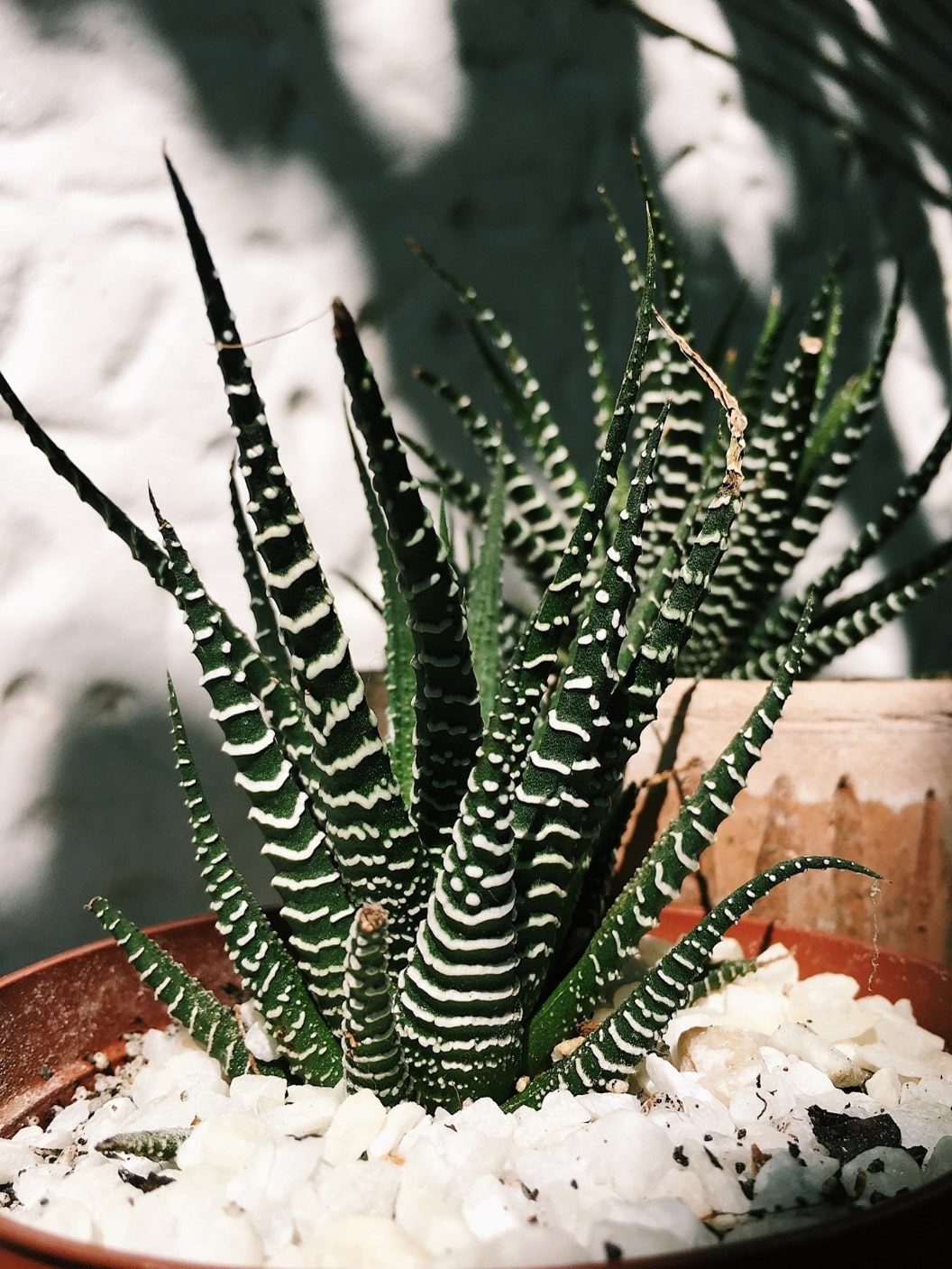
These are just a handful of the hard-to-kill succulents that can thrive even without a green thumb. Each of these resilient plants not only brings a refreshing touch of nature into your home but also purifies the air, promoting a healthier and more relaxing environment. So, why not give one of these succulents a try? You might just discover a newfound joy in nurturing these low-maintenance plants. Whether you choose the healing Aloe vera or the air-purifying snake plant, you're on your way to becoming a successful plant parent. Remember, every green giant started as a small plant, and with these forgiving succulents, you're setting yourself up for success. Give yourself the gift of greenery without the stress. Pick up one of these hard-to-kill succulents and watch your space transform with a touch of life and color. They won’t just survive; they’ll thrive, bringing you joy and cleaner air one day at a time.
Blog Categories
Recent posts
- Yellow Flowers: Spreading Joy, Friendship, and Happiness
- Popular Flower Superstitions: Fact Or Fiction
- Flower Alternatives: 5 Plants with Colorful Foliage
- Just Because: The Act of Giving Spontaneous Flowers
- The Role of Flower Superstitions in History, Literature and Art
- Thanksgiving Florals: Decorating with Blooms in Red, Orange and Brown

